Choosing your very first radio control plane is an exciting thing, no matter what age you are! Let's face it, we're all kids at heart XD
But deciding on which one can be overwhelming, so this article will break down the barriers and introduce you to beginner rc airplanes without making your head spin.
RC plane choice for the newbie pilot is big, but what does define a 'beginner' airplane?
Essentially, a plane that is very stable, slower flying, durable and relatively simple to operate can certainly be put right into the beginner category. Incidentally, such a plane is also known as a trainer airplane.
High-wing Trainer Favourites
When an airplane has its wing on top of the fuselage, it's said to be high-wing. Such planes are more stable than low-wingers and so make ideal rc trainers to learn on.
One example that has been widely modelled is the Volantex Sport Cub 500 , many tyro pilots have cut their teeth on this now iconic trainer!
The Volantex Sport Cub 500 has already proved to be as popular as Volantex p51 Mustang, and features X-pilot stabilisation gyro system (more on that later). Definitely a top recommendation for any beginner to the hobby!
Beginner RC Airlanes: Number of Channels?
The number of channels a radio controlled model has means how many controllable functions there are.
A 3-channel plane will generally have control to motor power, elevator and rudder, although aileron control may be in place of rudder.
A 4-channel plane will have control to motor power, elevator, rudder and ailerons. As you progress through the hobby, the number of channels on your planes will likely increase to include functions such as landing flaps and retractable landing gear.
RC planes can also have just one or two channels, but I would recommend a 3 or 4-channel plane if you're even half-serious about getting in to radio control flying.
Traditional RC Trainer Alternatives
A classic high wing trainer isn't your only option - a safe alternative is the electric powered glider like this Volantex Ranger 600 example shown below...
RC powered gliders like this are very stable, giving you plenty of time to react to your control inputs. They are slower and very forgiving aircraft, generally speaking. Perfect for beginner pilots!
Another type of rc plane ideal for learning to fly with is the 'pusher', like the Volantex Ranger 400 shown below.
Such airplanes are very popular and are a nice alternative to the standard high wing trainer configuration or electric powered glider. Generally speaking they have friendly flight characteristics and are very stable in the air.
Beginner RC Plane Technology
Our radio control flying hobby has changed a lot in recent years thanks to electronic advancements. One change, hugely beneficial to (and aimed at) the beginner rc pilot, is the introduction of flight stabilisation technology.
X-pilot stabilisation gyro system gives the beginner pilot three options - Beginner Mode seriously limits pitch and roll attitudes and offers a self-levelling feature whereby the plane returns to straight and level flight if the transmitter sticks are released to their neutral positions. Intermediate Mode does away with the self-levelling and just reduces the pitch/roll limitations, whilst Experienced Mode just turns all the stabilization aids off and so the plane can be flown without any electronic help.
The assistant modes are activated/deactivated by a three-way toggle switch on the transmitter.

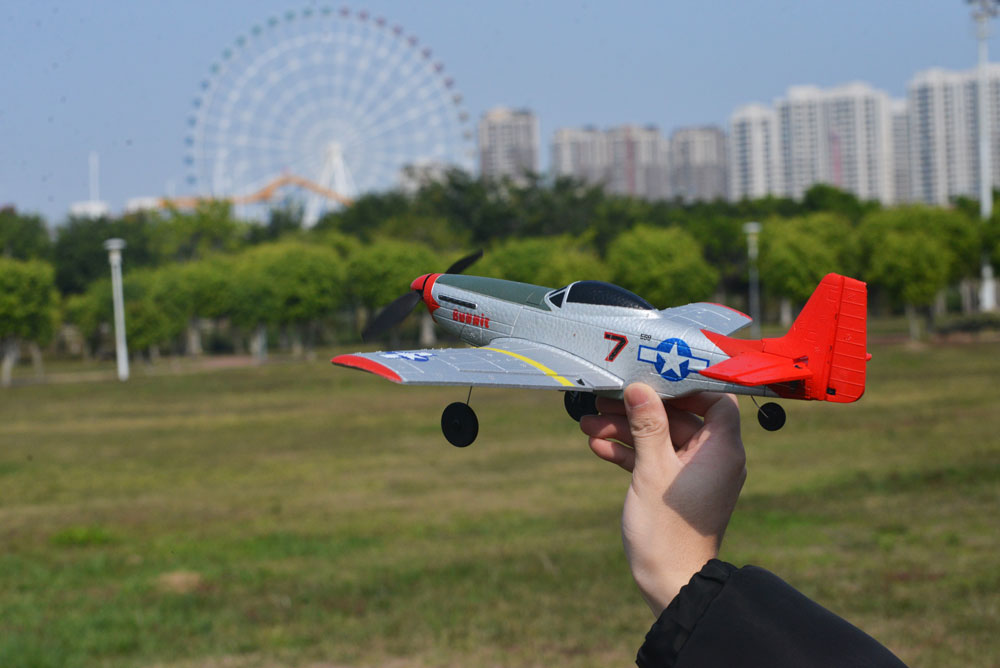
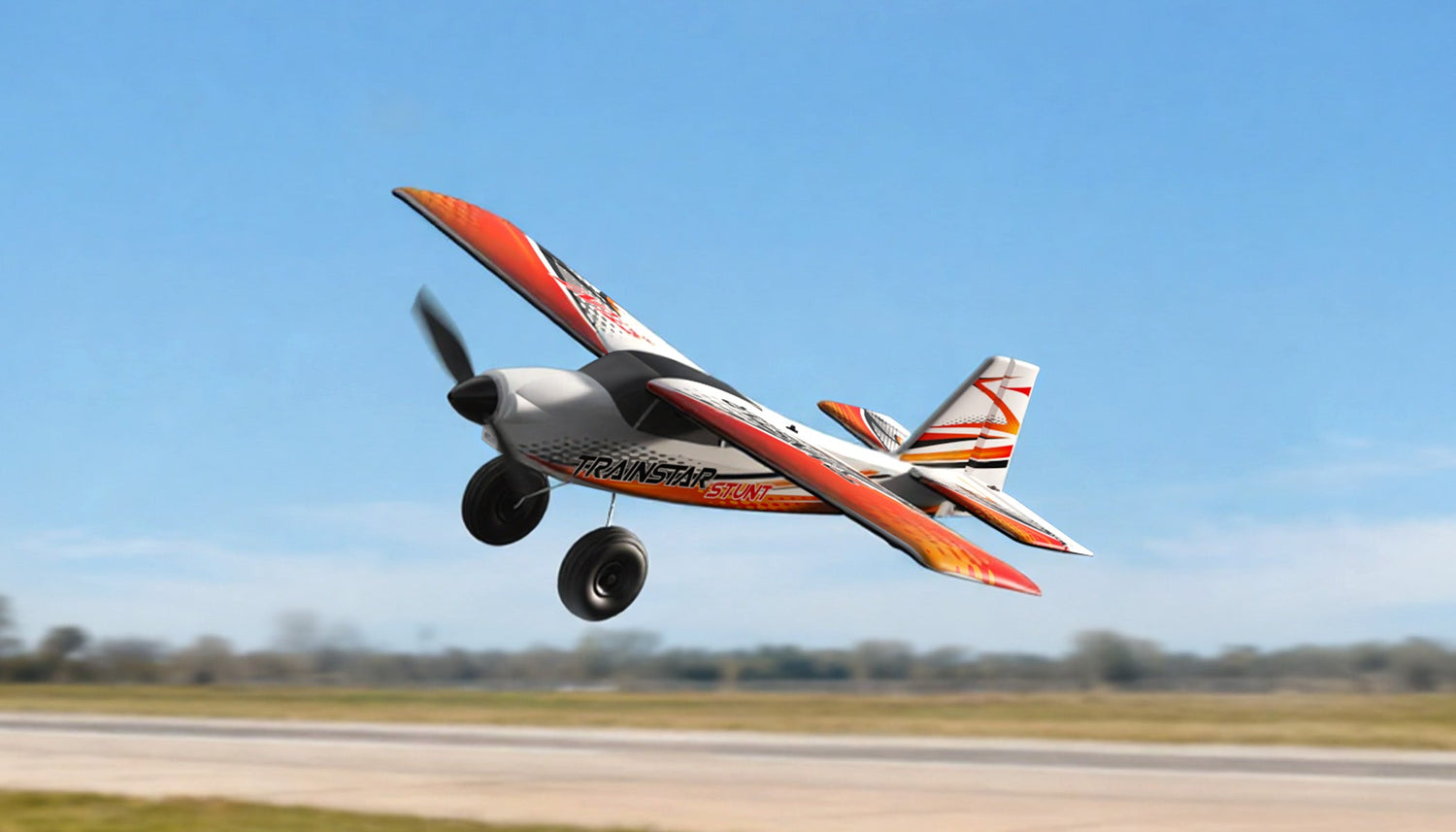
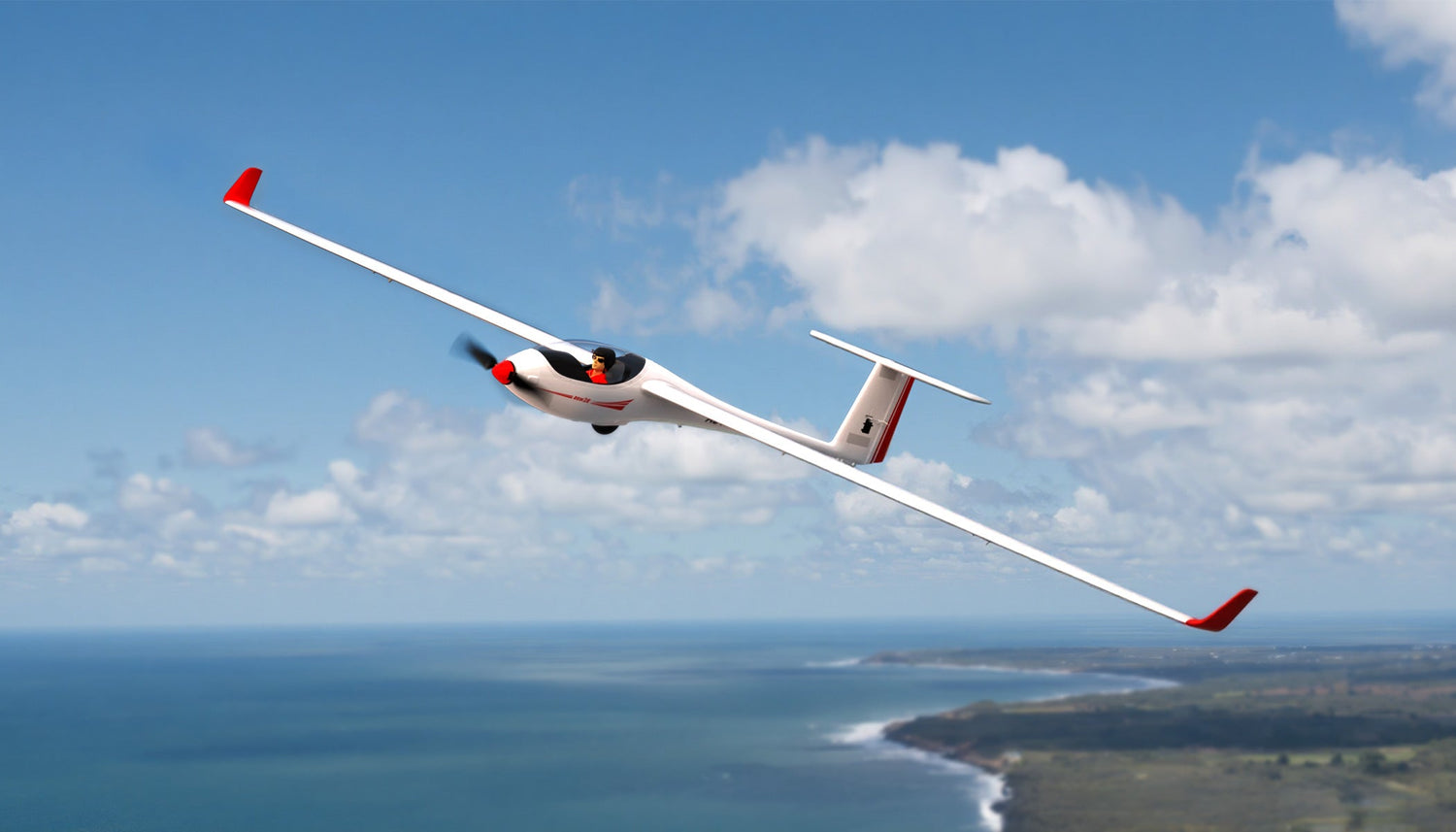
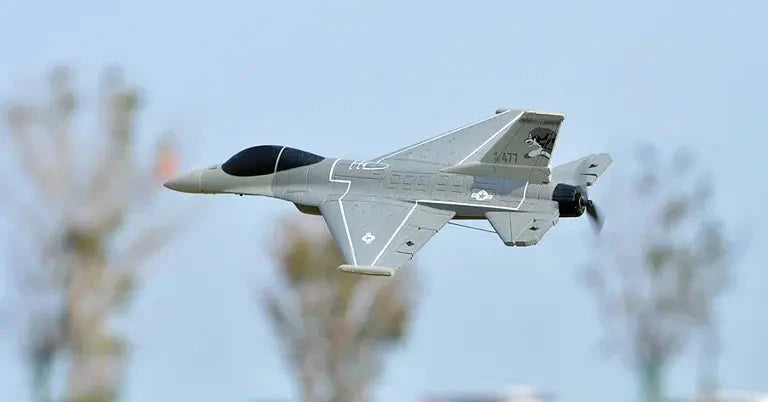
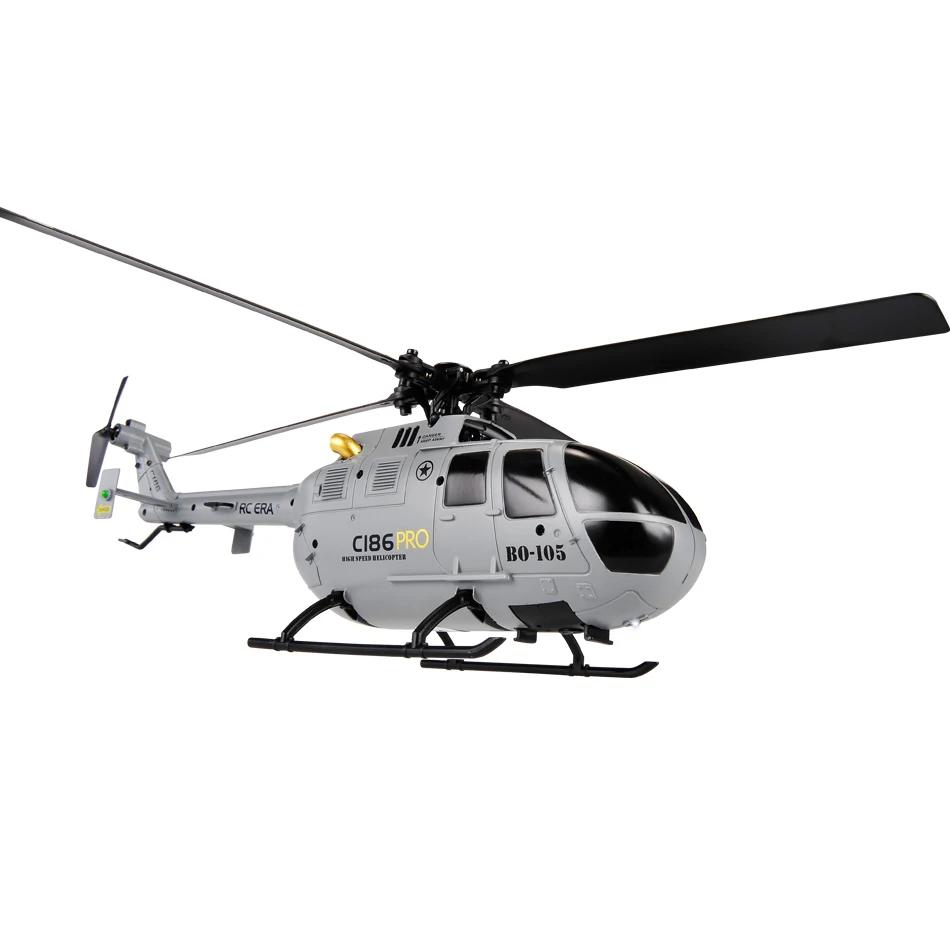
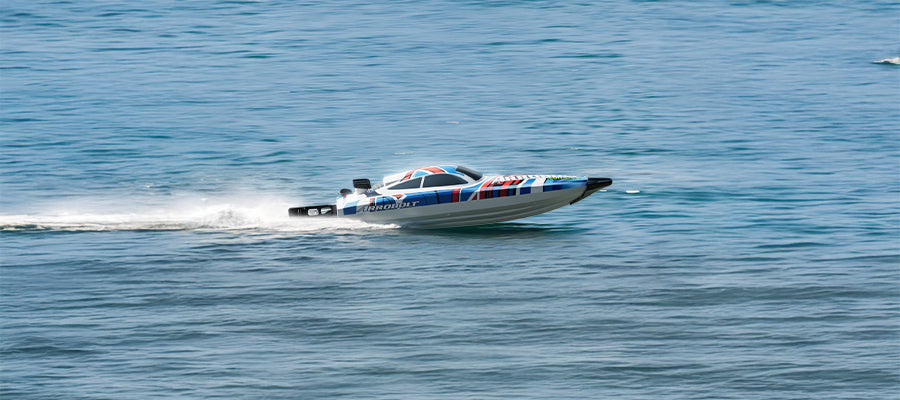
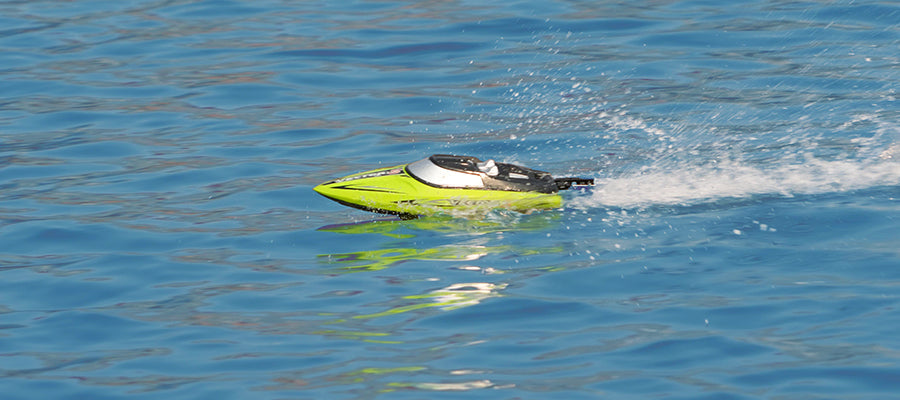
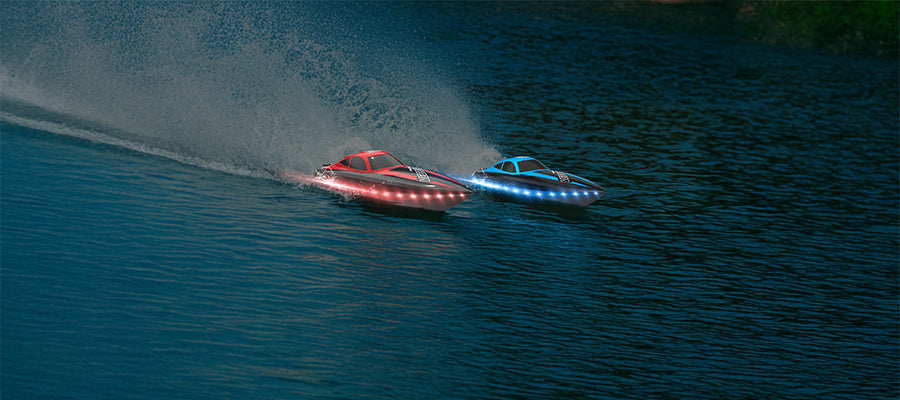

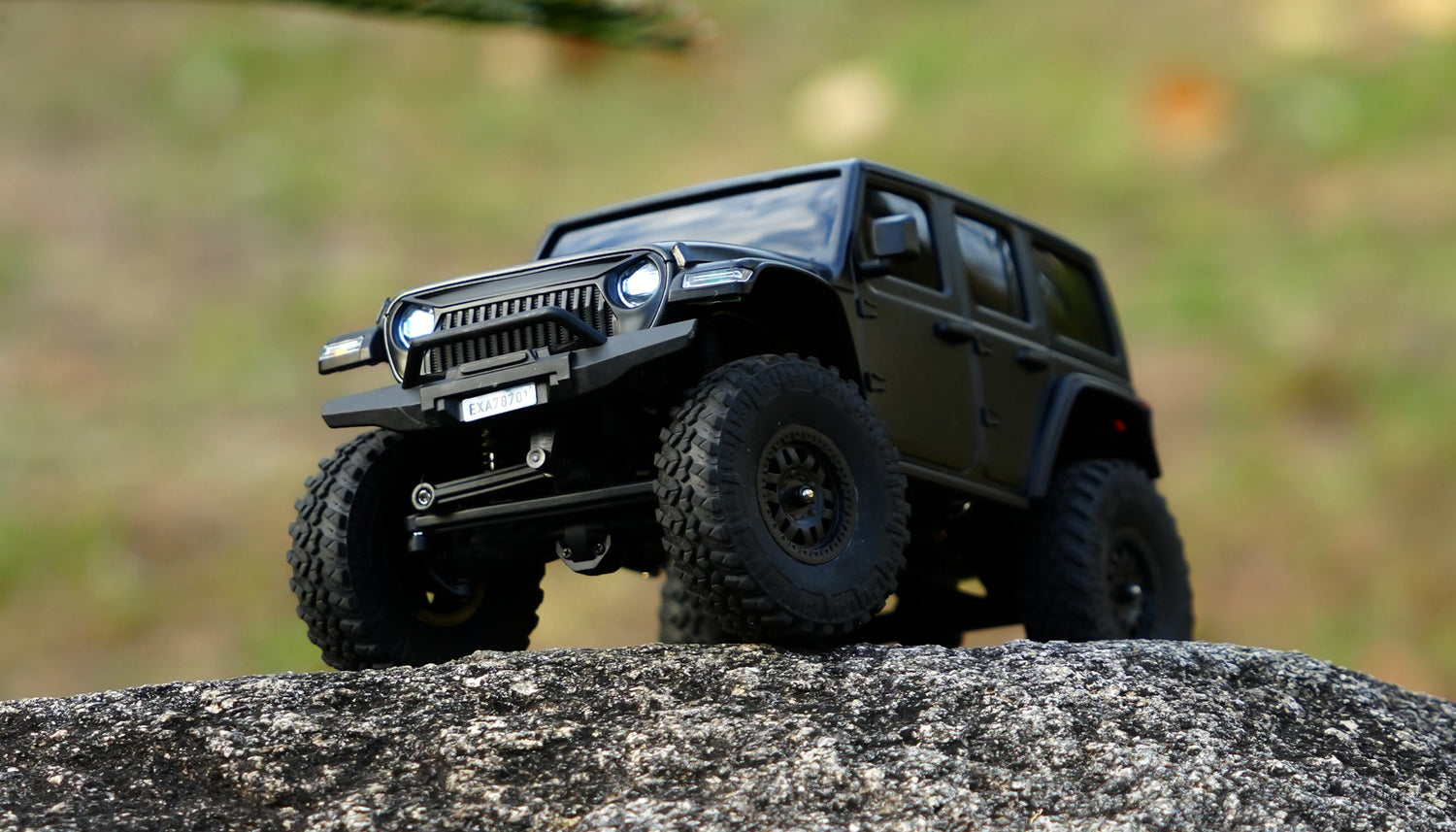
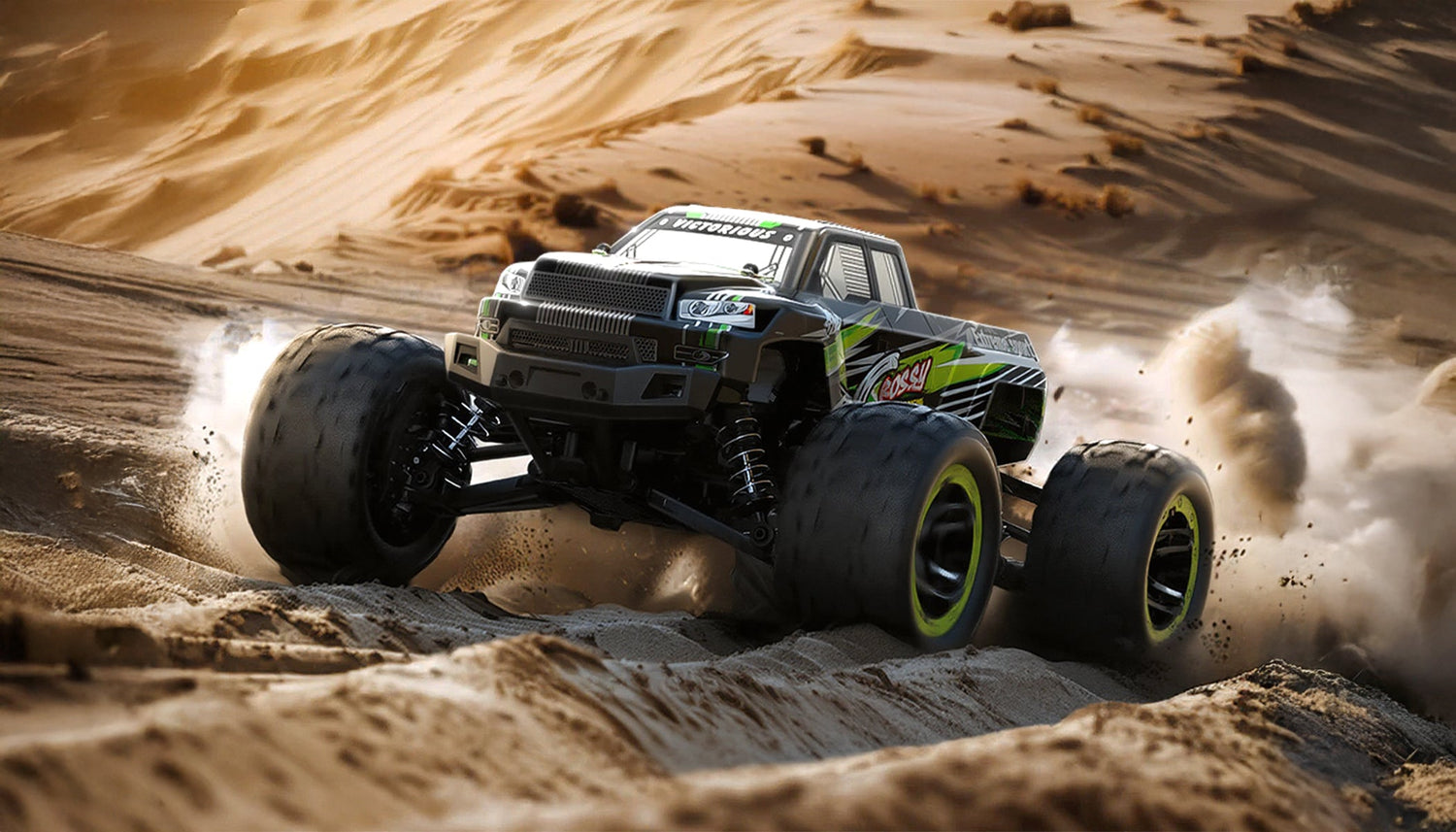
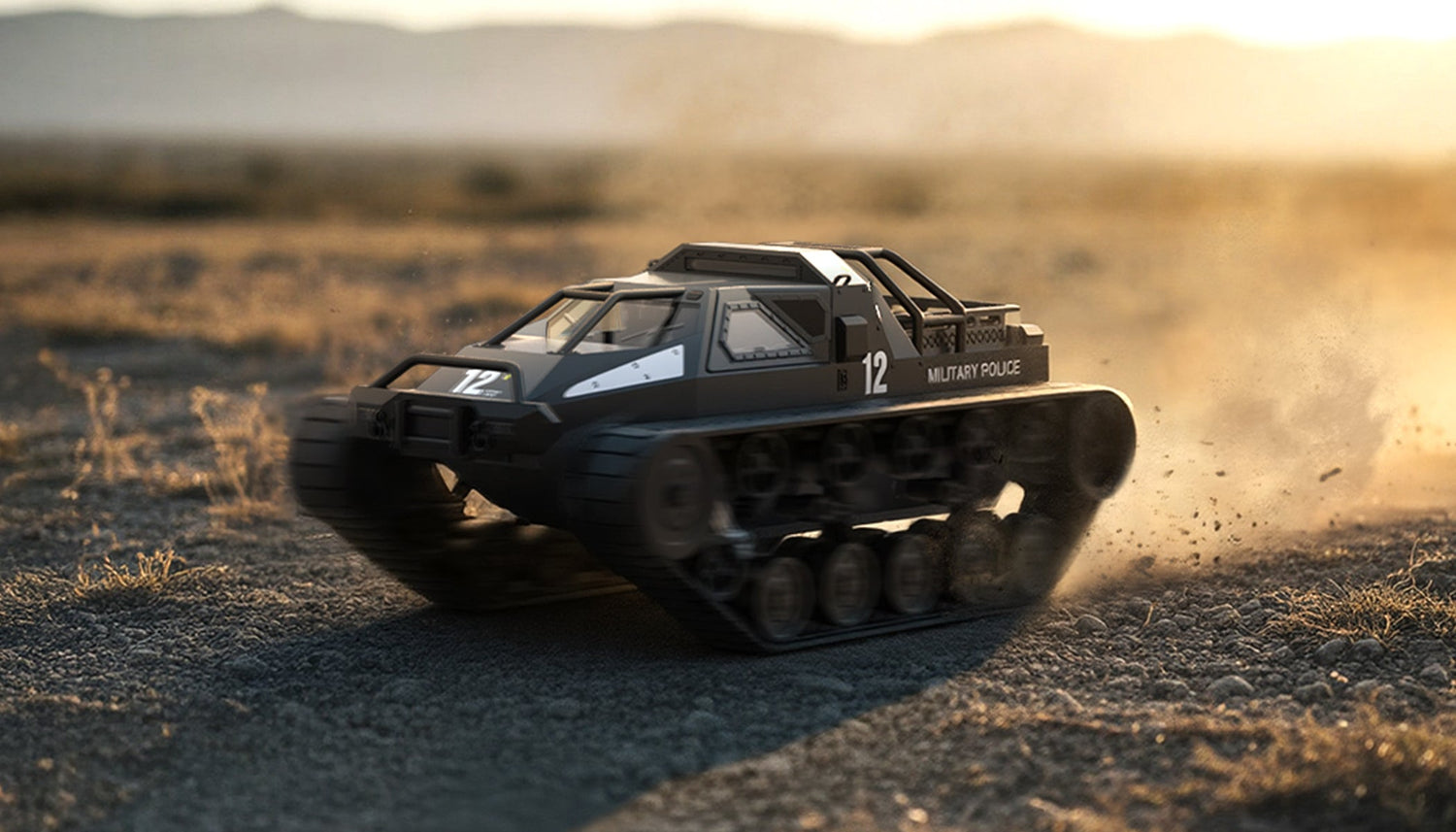

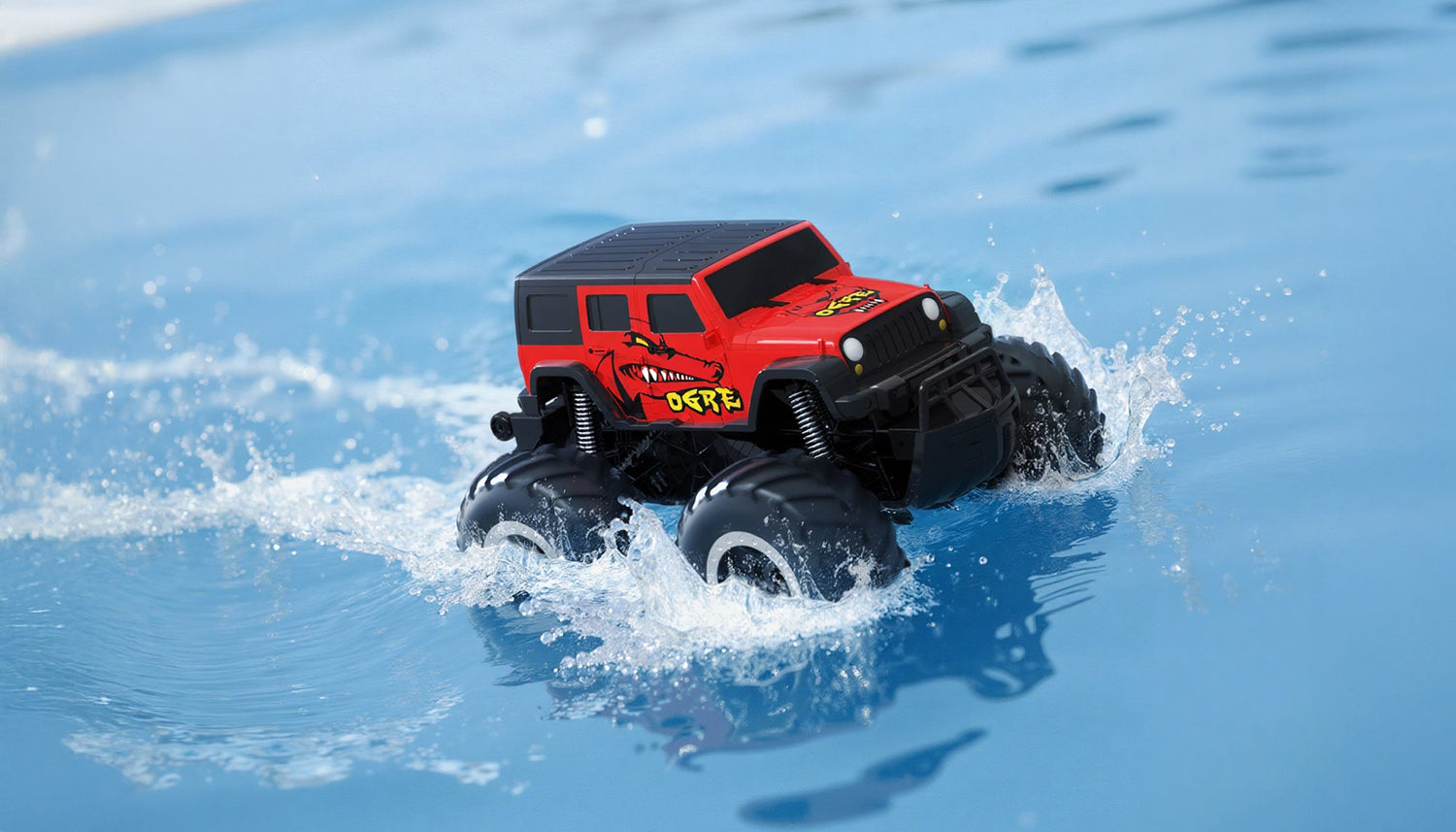

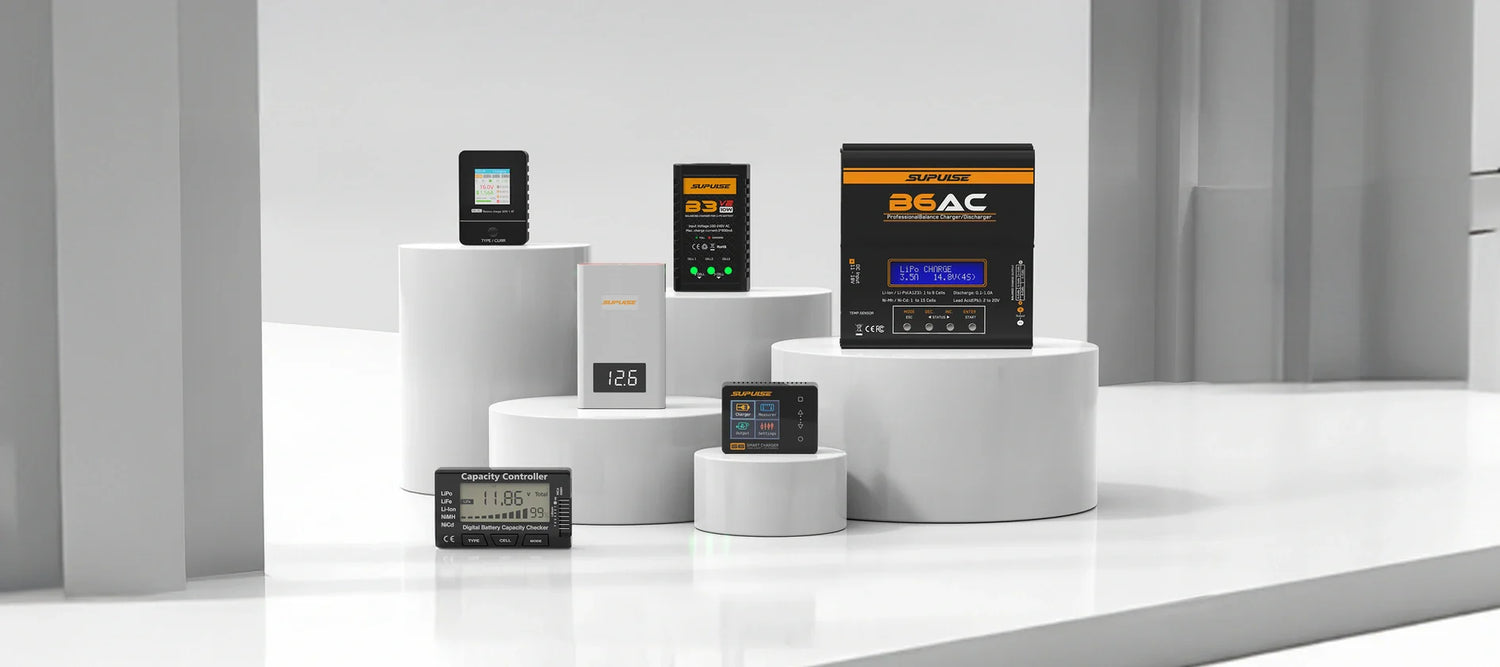
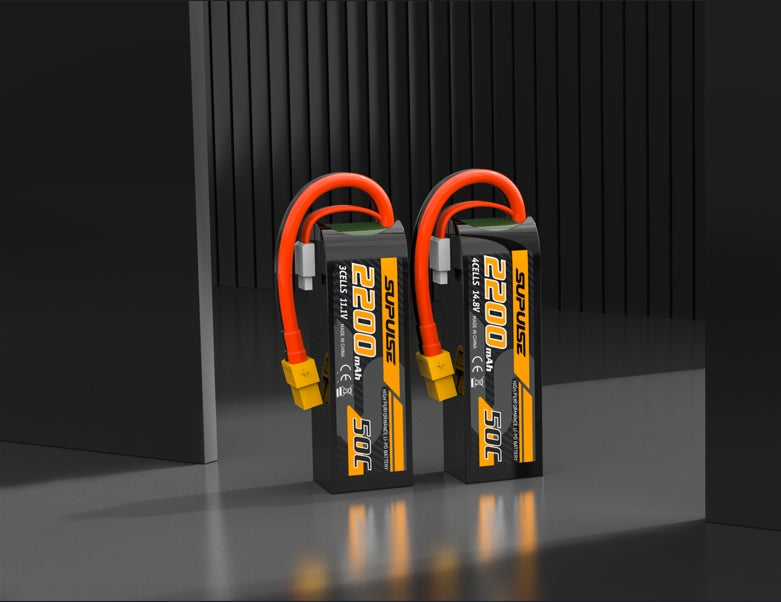
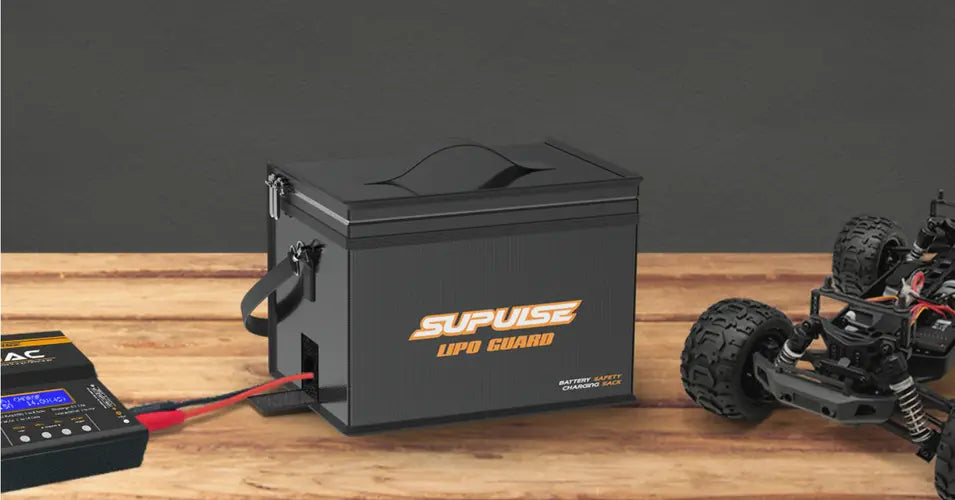
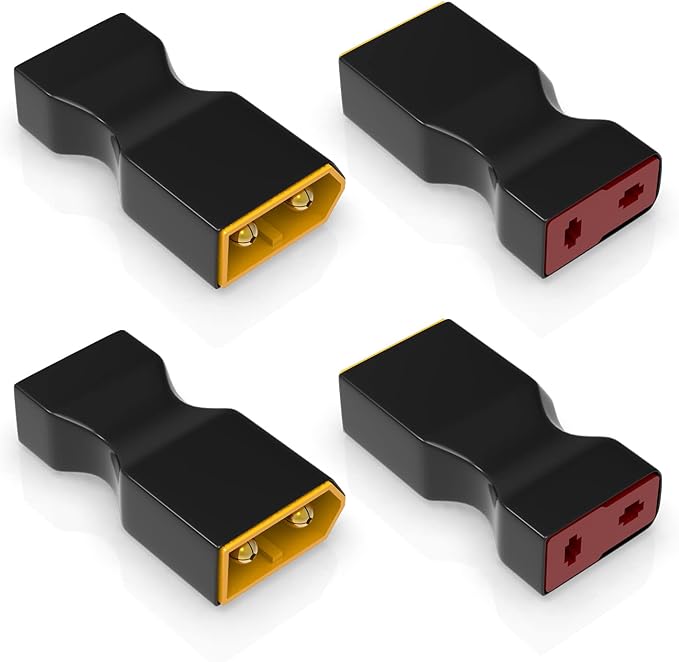


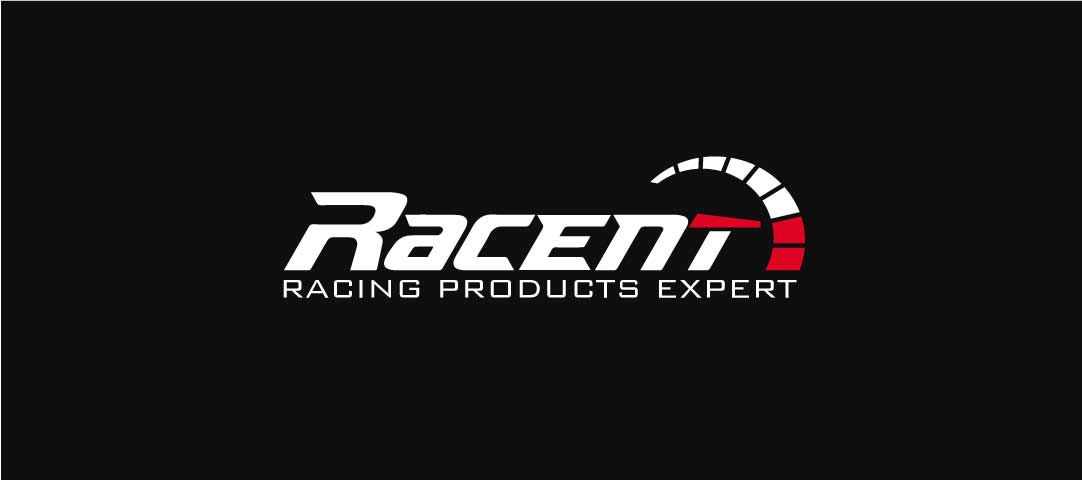


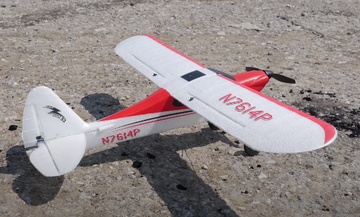




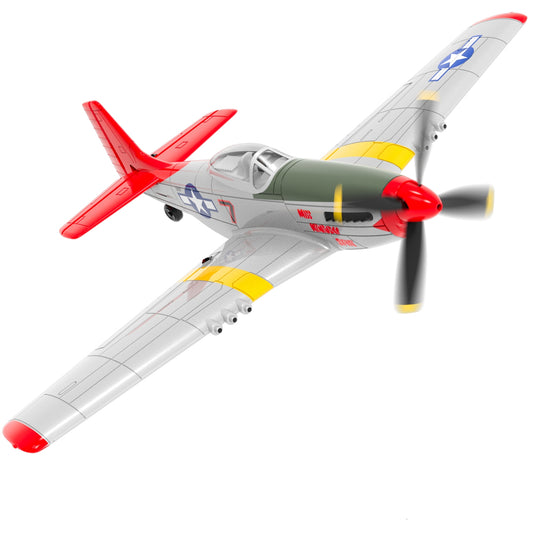
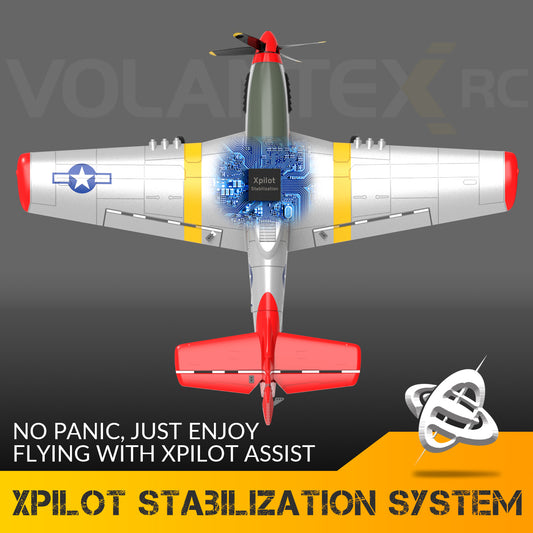
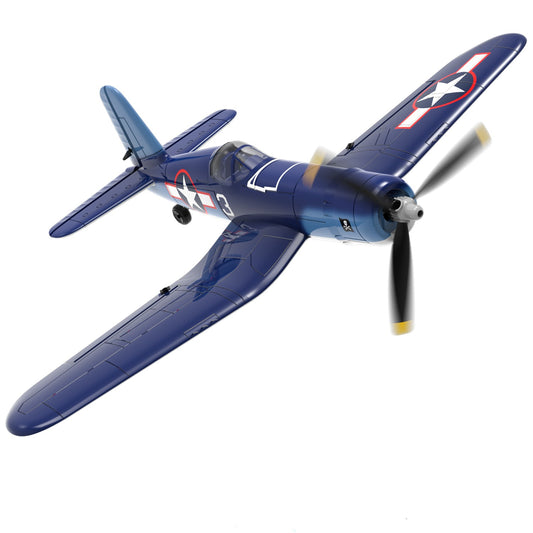
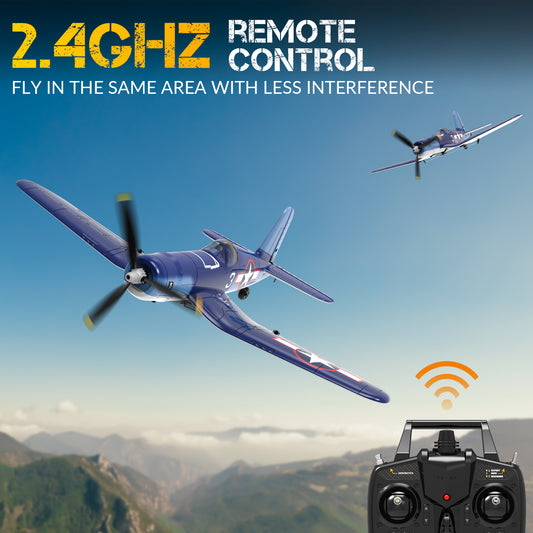

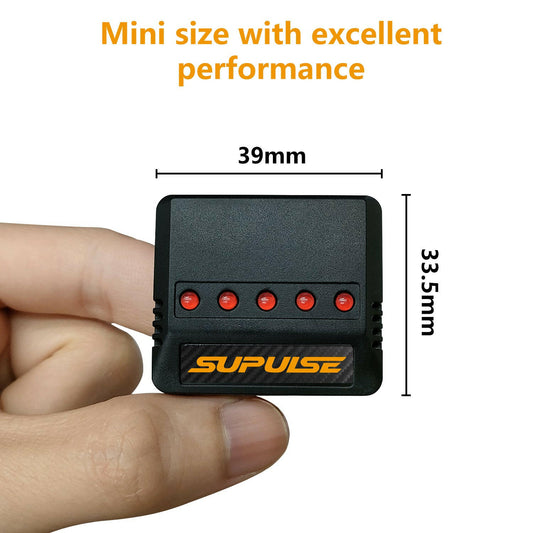
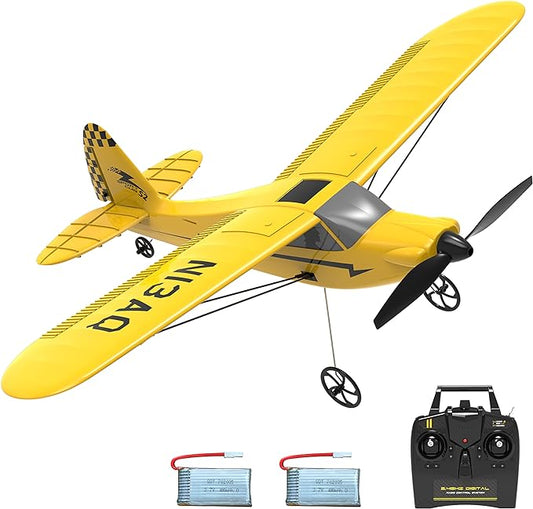
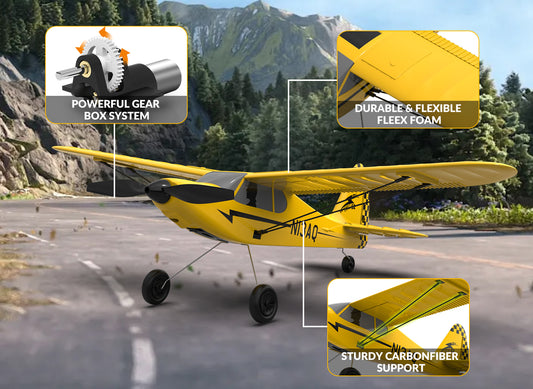
1 comment
How big a battery can be installed in the sport chub 500, can a larger mah battery be used ???